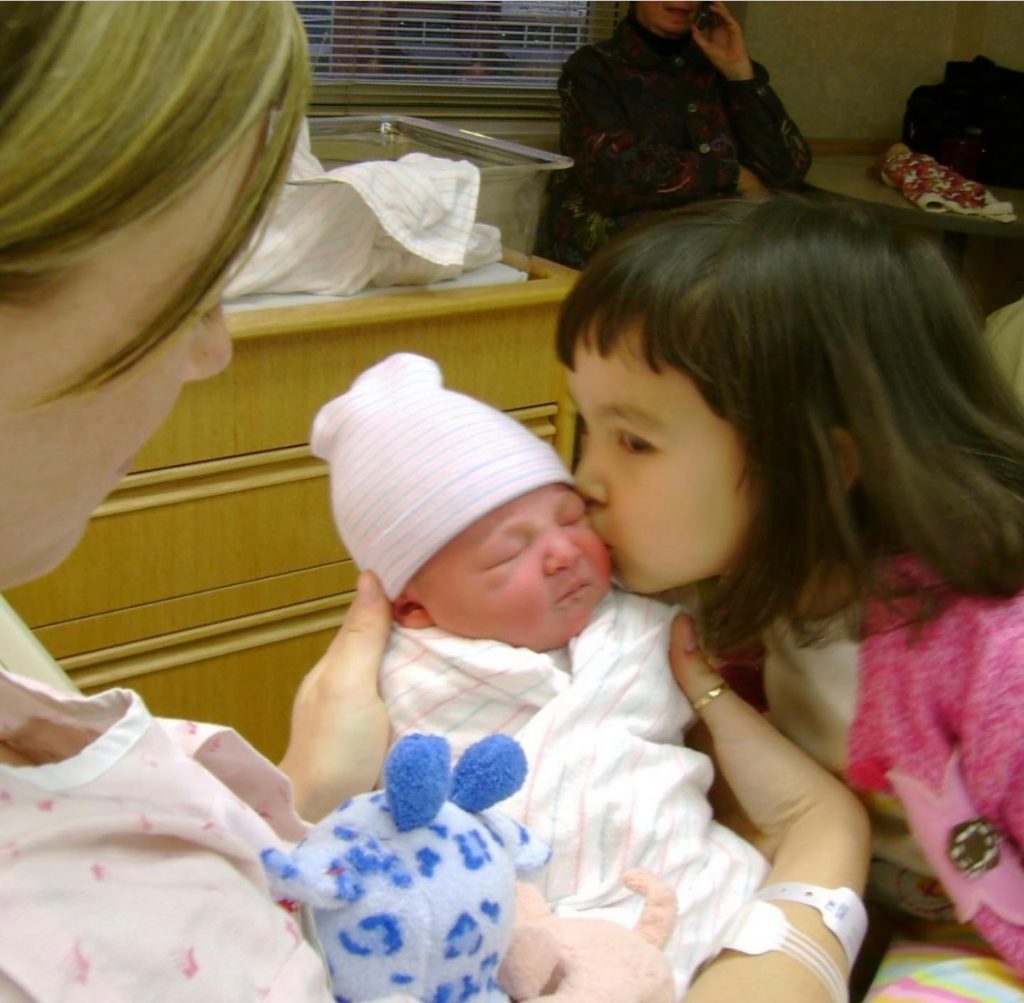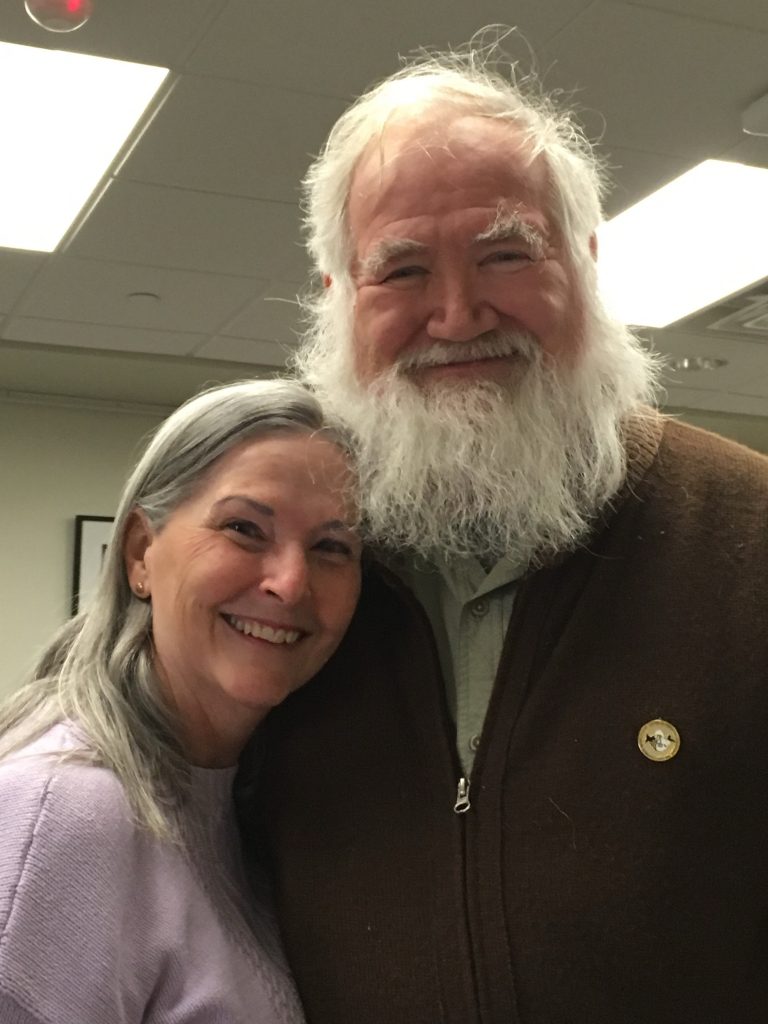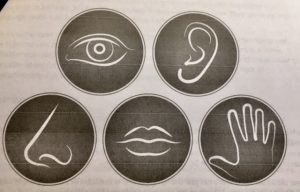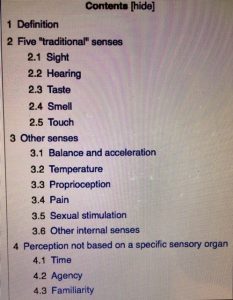“Contact comfort” refers to the physical and emotional comfort a person receives from physical contact with another. And it isn’t just for infants!
Pretty much everyone knows about the need for contact comfort in infancy; whether the infant receives it or not has life-long consequences. Why?
Early Contact Comfort Research
Harry Harlow

Psychologists believe that contact comfort forms the foundation for attachments. As far back as the 1950s, Harry Harlow’s studies demonstrated the importance of physical comfort. In his lab, young monkeys preferred snuggling with a soft, cloth-covered mannequin over a wire mannequin. Even when the wire mannequin provided food, the baby monkeys chose to cuddle with the mannequin that provided contact comfort.
Similarly, human babies need to feel safe and comforted. From this secure base, they develop the confidence interact with and explore their worlds.
John Bowlby
According to John Bowlby, who saw first-hand the effects of World War II on civilian populations, children need two things to develop a healthy attachment:
- The caregiver must be responsive to the child’s physical, social, and emotional needs
- The caregiver and child must engage in mutually enjoyable interactions
As Bowlby observed, even infants try to prevent separation from their parents. When such separation is imminent, babies cry, refuse a stranger’s comfort, and wait for the parent to return.
Erik Erikson
Eric Erikson, a contemporary of Harlow and Bowlby, theorized that human psychosocial development occurs in eight stages. Erikson was in agreement on the importance of a secure base, arguing that the most important goal of infancy was the development of a basic sense of trust in one’s caregivers. Infants are dependent and must rely on others to meet their basic physical needs as well as their needs for stimulation and comfort. A caregiver who consistently meets these needs instills a sense of trust in the world is a trustworthy place.
In 1982, Erikson concluded that a lack of this basic trust could contaminate all aspects of a person’s life and deprive the person of love and fellowship. For example, a premature infant who has to spend their first weeks in an incubator might not develop a strong bond with parents. A child born unwanted or with physical problems that make them less desirable to a parent is more likely to develop a mistrust of the world. Under these circumstances, the parent isn’t likely to provide what the child needs to develop trust. Not being able to trust others, even family and close friends, has profound effects in teens and adults.
Children who have not had ample physical and emotional attention are likely to develop emotional, social, and behavioral problems when they are older.
Lack of Contact Comfort
The human brain changes extensively during infancy. Children from deprived surroundings such as orphanages, show vastly different hormone levels than parent-raised children even beyond the baby years.
Human babies can actually die from lack of touch.
In the nineteenth century, most infants in orphanages and institutions in the United States died of marasmus (“wasting away”). In the 1930s, doctors called a child’s physical decline when separated from caregivers anaclitic depression or hospitalism. A survey of institutions in 1915 reported that the majority of children under age two who had died exhibited “failure to thrive” symptoms. The lack of touch and affection drastically decreased their ability to grow, maintain a healthy weight, and develop.
James Prescott (1971) found that deprivation of touch and movement contributed to later emotional problems. In cultures in which people were very physically affectionate towards infants, levels of adult aggression were relatively low. On the other hand, in cultures that did not encourage as much physical touch, level of adult aggression were higher.
Everyone Benefits!
Mental Benefits
Skin to skin contact benefits both the child and the parent. It reduces parental stress and depression.
According to an article at itspsychology.com, the benefits of contact comfort for adults are numerous. It can help to reduce stress and anxiety, regulate emotions, and increase the production of feel-good hormones. It can also help strengthen relationships and build trust between people. As mentioned earlier, infants who don’t have a foundation for trust have a much tougher time trusting as adults.
For those with mental health issues, such as anxiety and depression, physical contact can be an invaluable source of comfort and security, safety and connection. Research has shown that the physical touch of another person can help reduce feelings of fear, anger, and sadness.
When people are mourning a death or other loss, a typical response is to hug the person, or at least touch the person’s arm, hold hands, or offer a pat on the back.
In stressful situations (like a court or doctor’s office), you are likely to see people holding hands or leaning on the shoulder of a loved one while waiting. In times of heightened stress or fear, people unconsciously reach for comfort from those around them. Children who usually consider themselves too old for cuddles will climb on a parent’s lap. Siblings who otherwise don’t get along might hug or simply lean together. Even complete strangers often feel compelled to seek or offer a pat on the shoulder or hand on the back, as the situation dictates.
Physical Benefits

In addition, contact comfort can help speed up the healing process for physical wounds. For example, patients who are touched on the shoulder by nurses and other medical personnel heal faster. Other studies have shown that physical touch can help reduce pain and inflammation. This is because the body releases oxytocin and endorphins, which can help reduce stress and promote relaxation.
Touching can help strengthen relationships and build trust between people. Studies have shown that physical touch increase feelings of closeness and connection, and levels of trust and understanding.
As with infants, when adults are physically touched by another person, it can help us feel safe and connected. This can be especially helpful for those struggling with insecurity or feeling disconnected from their partner.
Give Yourself More Contact Comfort
If you’d like to incorporate contact comfort into your daily life, here are a few tips from “Contact Comfort: How Touch Can Help Us Feel Connected”
- Make sure to give and receive physical affection regularly. This can be as simple as a hug or holding hands.
- Take time to be intentional about physical contact with those you love. Make sure to focus on the connection and the feeling of being held or touched.
- Try to be mindful of the effect that physical touch can have. Pay attention to how it makes you feel and how it can help create a deeper connection with those around you.
- Make sure to establish boundaries around physical contact. Respect the wishes of those you touch and be aware of their comfort level.
Under a huge range of circumstances—you can imagine what those might be—an adult’s needs for physical closeness and touch just aren’t satisfied. Those people might decide to find a professional cuddler (or cuddlist). You can hire a professional cuddle-buddy for $60-$100 per hour for non-sexual hugs and cuddles. Both people remain fully clothed. The permissible touching is clearly delineated—much like when getting a massage in the U.S.
Bottom Line: Non-violent physical touch is comforting, and beneficial in many ways. Contact comfort is a good thing!























